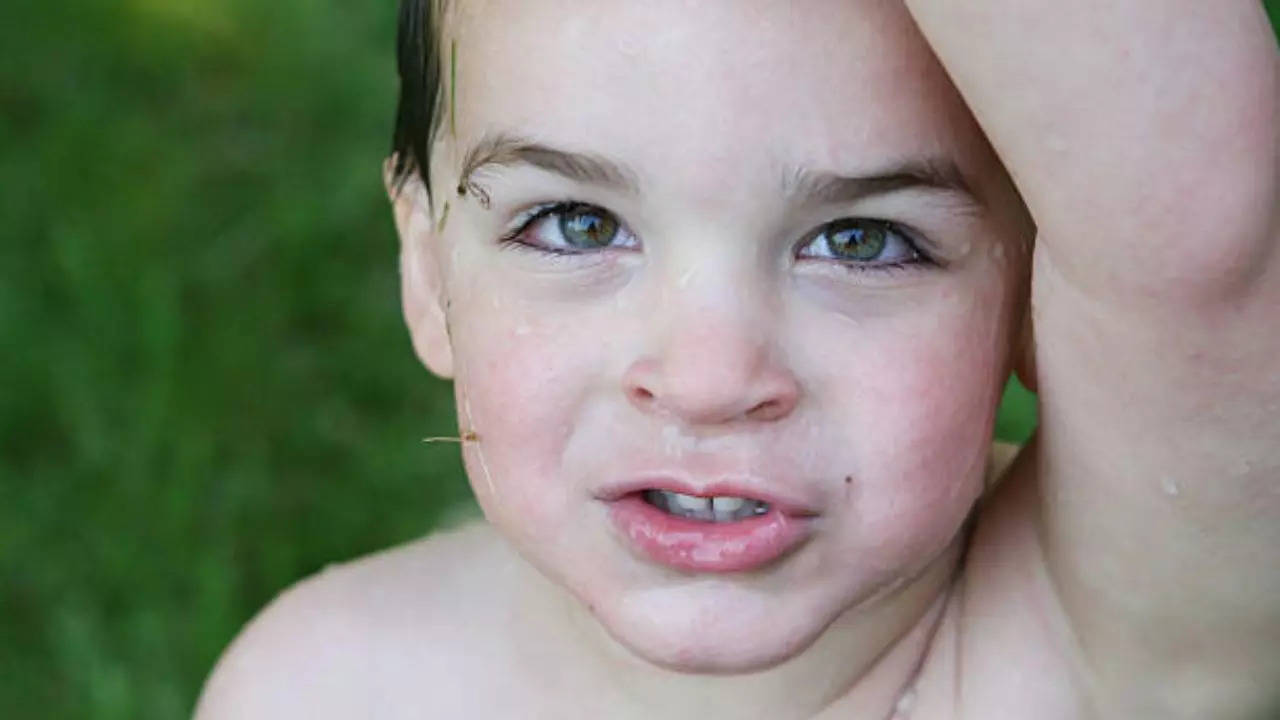-
news
-
Health
What is Slapped Cheek Syndrome, US CDC issues warning for?
Parvovirus B19, which causes slapped cheek syndrome, is on the rise in the US, especially in children. While most people infected with the virus show no symptoms, it can pose a serious threat to pregnant women and immunocompromised individuals. Doctors say there is no vaccine or specific treatment for parvovirus B19. Read on to know more.

Parvovirus B19 is a bone marrow pathogen because it can cause severe anemia in rare cases.
Cases of slapped cheek syndrome — also known as fifth disease or erythema infectiosum — a viral infection caused by parvovirus B19 — have seen a significant increase across the United States, prompting the Centers for Disease Control and Prevention to issue a warning. Have been encouraged to do.
According to doctors, the condition mostly affects children aged five to nine years, with the incidence increasing from 15 per cent in 2022 to 40 per cent by mid-2024. The worrying trend has prompted the country’s public health agency to issue a health alert, drawing attention to the rapid spread of the virus, which made headlines across Europe earlier this year. “The Centers for Disease Control and Prevention is issuing this Health Alert Network (HAN).” Health advisors to inform healthcare providersPublic health officials, and the public, about the current increase in human parvovirus B19 activity in the United States,” the advisory read.
Even though there is no cure or vaccine for the virus, more than 70 percent of people age 40 and older have antibodies, according to the CDC. People at highest risk of complications include children, pregnant women, and people with weakened immune systems.
Because parvovirus B19 is a bone marrow pathogen, it can cause severe anemia in rare cases, especially in people with conditions such as cancer, undiagnosed HIV infection, or sickle cell disease. For pregnant women, the risk of fetal loss is between 5-10 percent, with the highest risk between the ninth and 20th weeks of pregnancy.
What is slapped cheek syndrome,
According to doctors, the name of the condition comes from its key symptom – a bright red rash that appears on the cheeks, giving the appearance of a ‘slapped’ face. This is often the most noticeable sign, especially in children, but is usually preceded by other symptoms that can easily be mistaken for a mild cold or flu.
Initially, a child with slapped cheek syndrome may experience the following symptoms:
- low grade fever
- runny nose
- sore throat
- Headache
- tiredness or malaise
Experts say that a characteristic red rash starts appearing on the cheeks a few days after the initial symptoms. Over the next few days, the lacy, pink rash may spread to other parts of the body, including the arms, legs, and trunk. The rash may be mild and then reappear in response to triggers such as heat, sunlight or stress, causing it to persist for several weeks.
Get the latest news live on Times Now with breaking news and top headlines from around the world.


